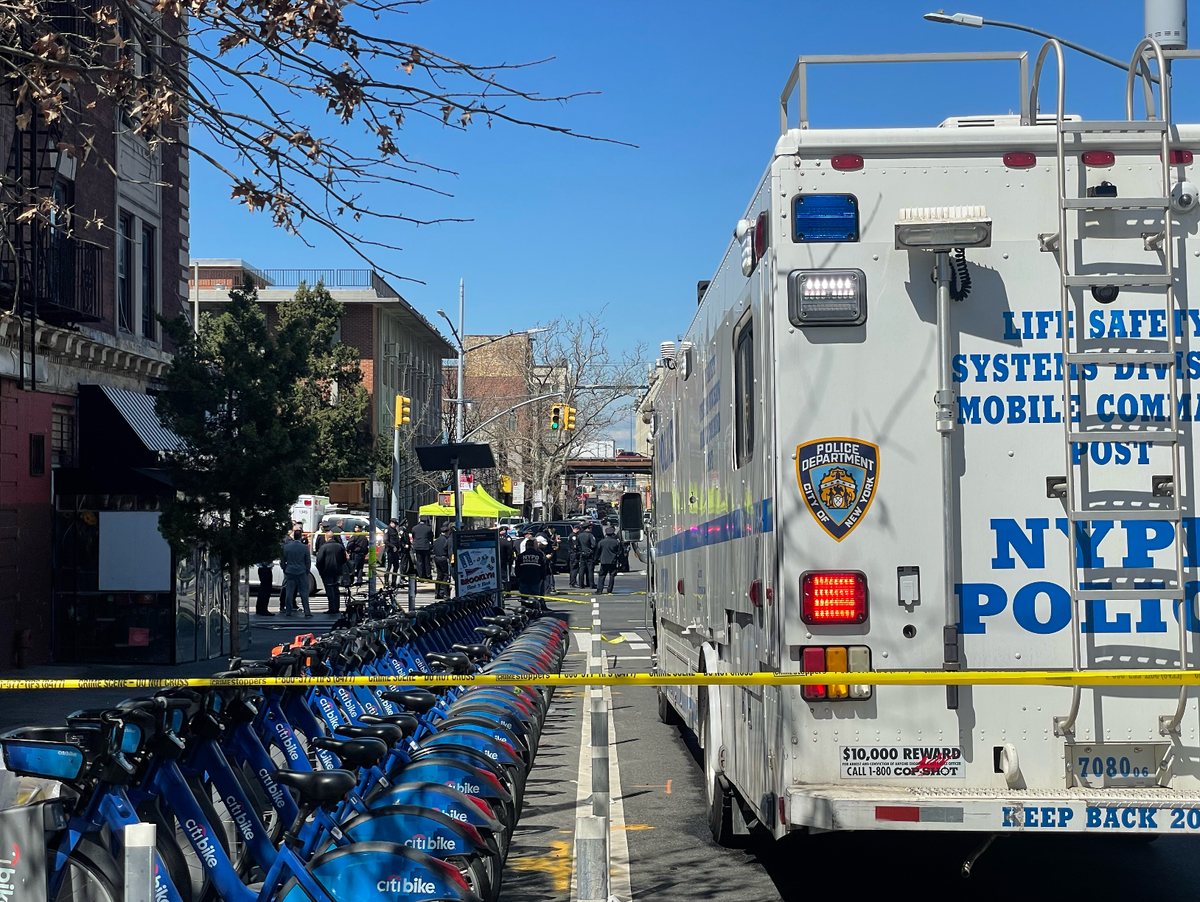We Need Smarter Policing To Be Safe
We all want to be safe from violent crime. It is time we start getting real information about what police are and are not doing and whether the problem is the number of police or the lack of effective policing.

I was on a Manhattan-bound Brooklyn subway train when a breaking news notification on my cell phone announced a shooter in a Brooklyn subway had shot several people. I looked up and around - no signs of trouble. I called both my kids as soon as I got a signal. They were safe. But what of the actual shooting victims? How did this happen?
I got off at Union Square in Manhattan, where about four uniformed police officers were casually checking subway cars. I mounted the stairs and saw pairs of other officers here and there, mostly looking down at their cell phones. It made me feel safer, not because of their presence but their demeanor. They didn’t seem worried or concerned. That told me that I didn’t have to be.
I was wrong. The shooter had escaped, and a search was underway. The cameras that the State had installed at the station had malfunctioned, the Mayor announced, pledging to put more police officers in the subways, extending the day shift into the evenings. I have no doubt passengers needed this sense of police presence to feel safer on this terrifying day. It was a horrific and traumatizing event, made worse by a perpetrator on the loose.
Sadly, we know that it is impossible to prevent all crimes, especially crimes of terror. It is also important that we not only accept that this is a horrifying event and fear will be a reality for many; we need to understand what went wrong. The camera didn’t work. Why? How many stations have malfunctioning or broken cameras?
Less than a year ago, in September 2021, the MTA announced its deployment of cameras to all subway stations was complete. The cameras were to be a deterrent to attackers and help the police catch criminals. There are studies that show that cameras can deter some crimes, and we know that video images helped capture the Boston Marathon bombing suspects, later convicted of that violent act of terrorism. But they do have to work, and police have to use the footage effectively and lawfully.
Then there’s the most debated issue of our day - do we need more police? As I said, passengers will be grateful for the sense of safety more visible policing may give in the short run. And certainly, this act of violence requires police to focus resources on capturing the suspected shooter, and we all must learn any lessons that will help us all prevent these acts of terror in the future.
So what do we know about police presence in a busy Brooklyn subway station during rush hour? No officers were present.
I ask this question because, in 2019, then-Governor Cuomo increased the number of new police officers deployed to the MTA by 500 at the cost of $50 million a year. The system already had over 2,500 officers. In January, mayor Adams had said that street-level patrol officers would conduct regular visual inspections of subway stations, and transit officers would also inspect trains more frequently. By the end of January, he stated that we had 1,000 more police officers in the New York City subways, raising the number to 3,500. How are they deployed?
Have more visual inspections been happening? Did it happen at the 36th Street Station before this horrific event? If not, would a visual inspection have helped identify a suspicious individual we now know to be violent and dangerous? Any act of terror is one too many. And yet we have never had more police in our subways.
The Mayor has cracked down on things like smoking or sleeping in the subways to make them safer. So far and, I believe, predictably, it has not made us safer. We have seen videos of such crackdowns, one harrowing one showing a teenage girl in hysterical tears with four uniformed police officers arresting her over the $2.75 subway fare. It did not prevent this horrible event.
Outreach to homeless individuals in the subways included the N train line to force them out of the subways, suggesting other forms of increased activity. If it had been underway on the D and N train lines, increased activity did not impact this act of violence.
We all want to be safe from violent crime. It is time we start getting real information about what police are and are not doing and whether the problem is the number of police or the lack of effective policing. Only facts and knowledge can help us make wise decisions, and that is what we need now.




